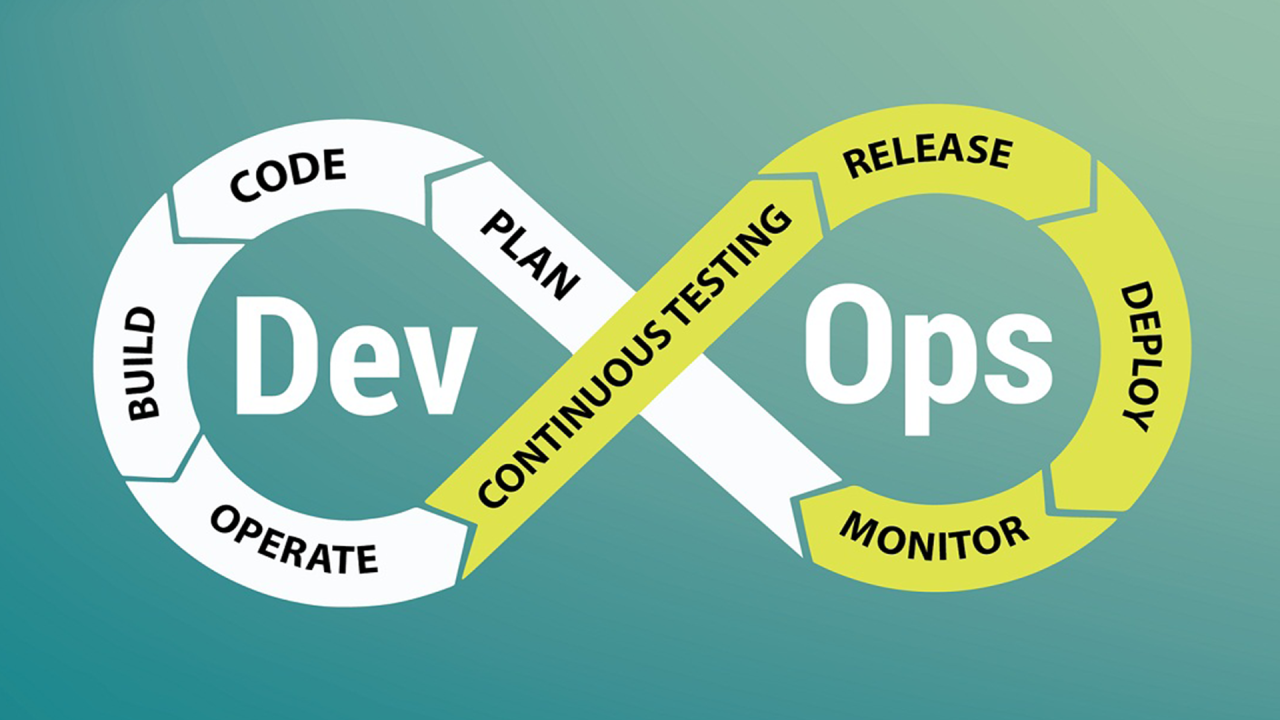|Ahmed Saeed
Infrastructure as Code (IaC) is a key practice in modern DevOps that enables teams to manage and provision infrastructure using code. IaC allows for automated and repeatable infrastructure management, leading to more scalable and reliable systems. This blog explores the concept of IaC, its benefits, and how to effectively implement it within a DevOps framework.

What is Infrastructure as Code (IaC)?
Infrastructure as Code (IaC) involves defining and managing infrastructure using code rather than manual processes. IaC tools and frameworks allow teams to write scripts or configuration files that specify the desired state of infrastructure components, such as servers, networks, and databases.
Benefits of IaC
- Consistency and Repeatability: IaC ensures that infrastructure configurations are consistent across environments. By using code to define infrastructure, teams can replicate environments reliably, reducing configuration drift and inconsistencies.
- Faster Provisioning: Automating infrastructure provisioning with IaC accelerates the setup of new environments. This enables teams to quickly deploy and scale infrastructure based on their needs.
- Improved Collaboration: IaC promotes collaboration between development and operations teams by providing a common language for defining infrastructure. Teams can work together to create, review, and manage infrastructure code.
- Version Control and Documentation: IaC scripts can be version-controlled and documented like application code. This allows for tracking changes, auditing configurations, and maintaining a history of infrastructure modifications.
Popular IaC Tools
- Terraform: An open-source tool for building, changing, and versioning infrastructure. Terraform supports multiple cloud providers and allows for declarative configuration using HashiCorp Configuration Language (HCL).
- AWS CloudFormation: A service provided by AWS for defining and managing AWS resources using JSON or YAML templates. CloudFormation integrates with other AWS services and supports complex infrastructure setups.
- Ansible: A configuration management tool that uses YAML-based playbooks to automate infrastructure provisioning and configuration. Ansible is known for its simplicity and agentless architecture.
Steps to Implement IaC
- Define Infrastructure Requirements: Identify the infrastructure components needed for your application, such as servers, load balancers, and databases. Document these requirements and their configurations.
- Choose an IaC Tool: Select an IaC tool that best fits your needs and environment. Consider factors such as cloud provider compatibility, ease of use, and community support.
- Write Infrastructure Code: Create configuration files or scripts that define your infrastructure components and their relationships. Ensure that the code is modular, reusable, and easy to understand.
- Test and Validate: Test the IaC code in a staging or development environment to validate its correctness and functionality. Use automated testing tools to verify that the infrastructure behaves as expected.
- Deploy and Monitor: Deploy the IaC code to your production environment and monitor the infrastructure to ensure it operates correctly. Implement monitoring and alerting to detect and address issues promptly.
Best Practices for IaC
- Use Version Control: Store IaC code in a version control system (e.g., Git) to manage changes and collaborate with team members. This also allows for tracking modifications and rolling back if needed.
- Adopt Modular Design: Break down infrastructure code into modular components to improve maintainability and reusability. Use modules or include files to organize and structure the code.
- Implement Continuous Integration: Integrate IaC code with CI/CD pipelines to automate testing and deployment of infrastructure changes. This ensures that infrastructure updates are applied consistently and reliably.
- Document and Review: Document the purpose and functionality of IaC code to facilitate understanding and collaboration. Conduct regular reviews to ensure that the code adheres to best practices and meets the project’s requirements.
Conclusion
Infrastructure as Code (IaC) is a transformative practice in modern DevOps, enabling teams to manage and provision infrastructure efficiently and reliably. By adopting IaC principles and tools, organizations can achieve greater consistency, scalability, and collaboration in their infrastructure management processes.

